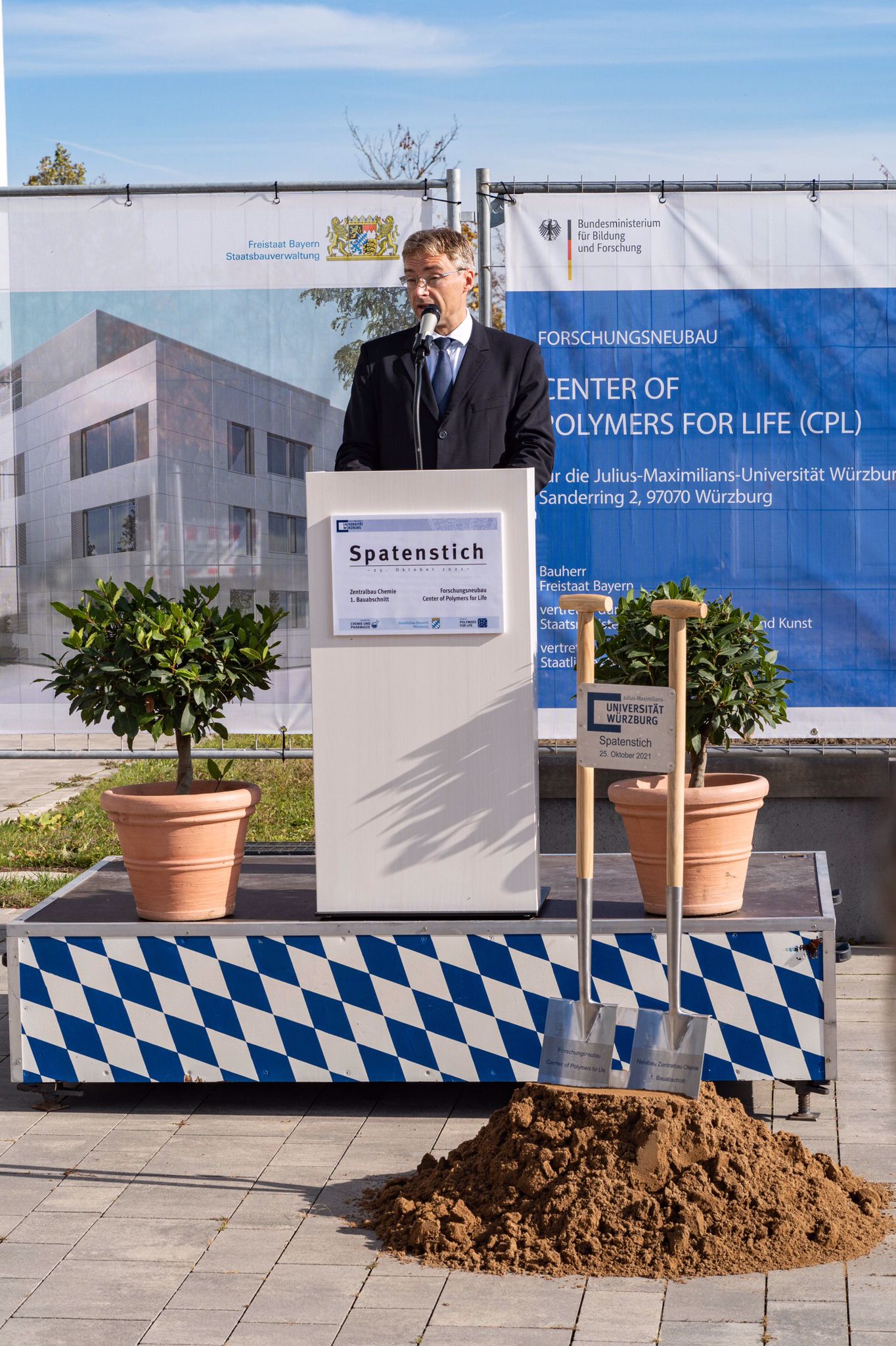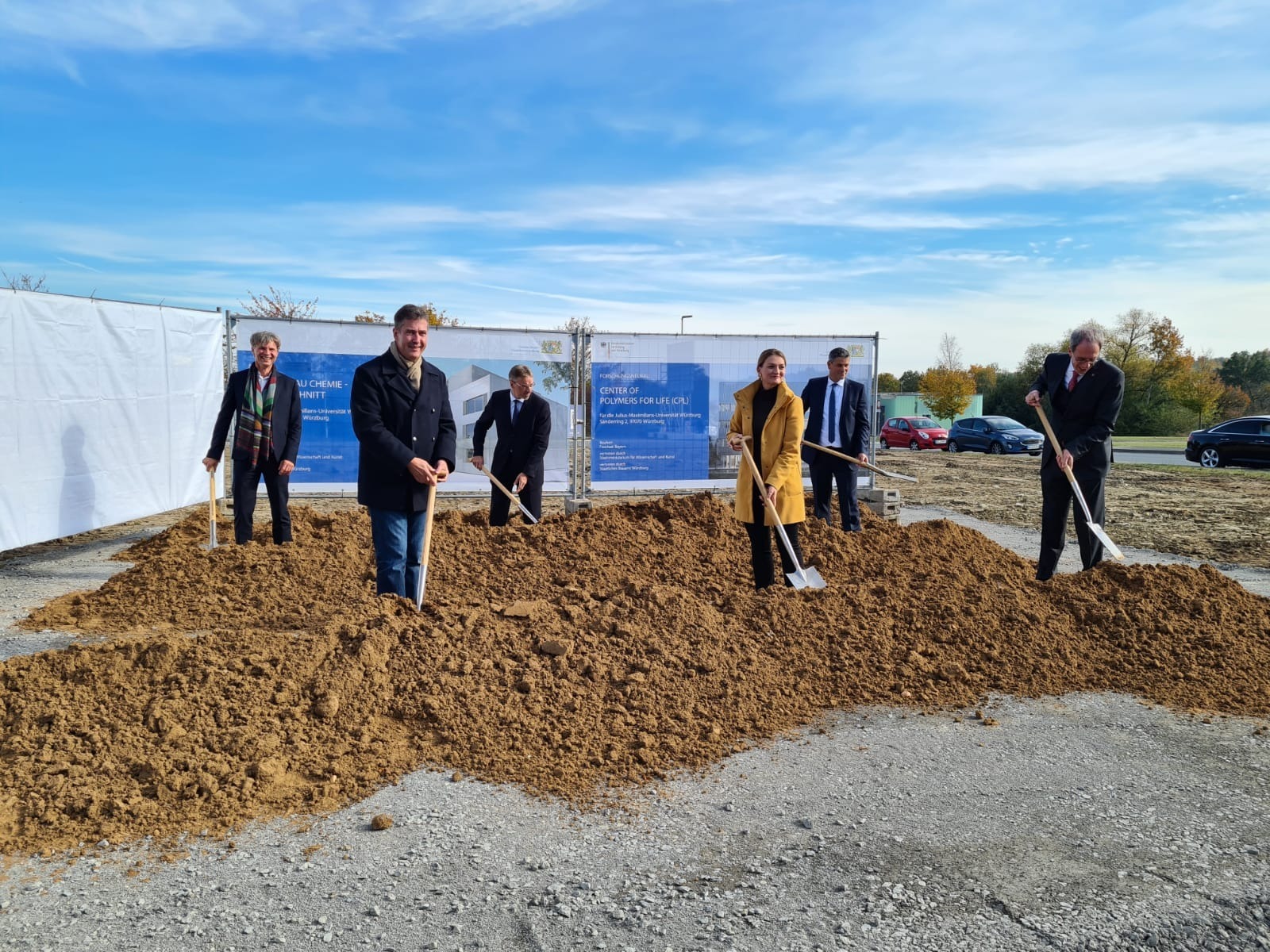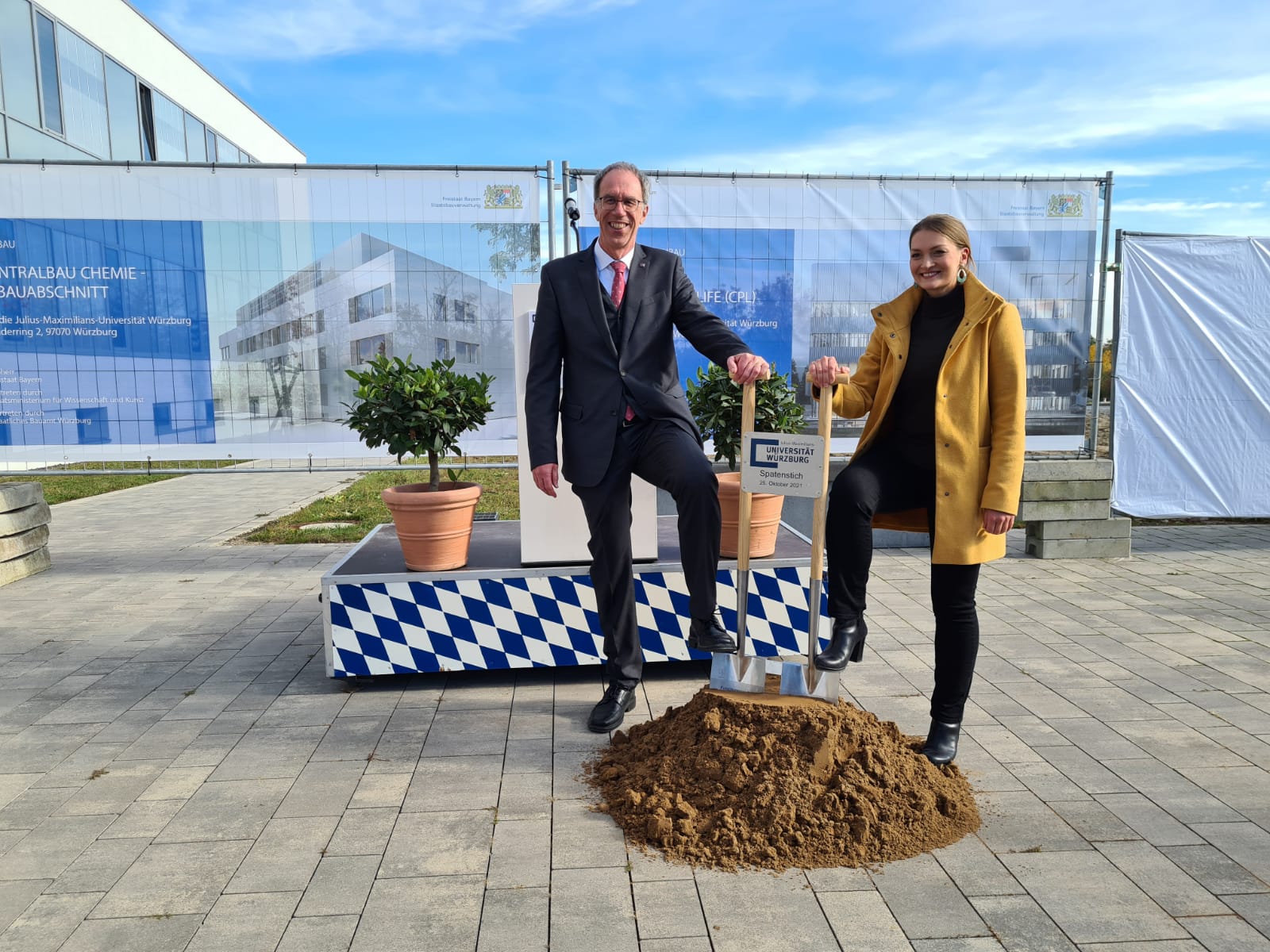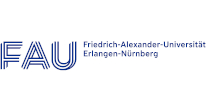
The starting signal for the “Center of Polymers for Life” (CPL) construction project has been given.
The Center of Polymers for Life
will link applied polymer research more closely with the still young and extremely promising field of biofabrication, thus giving new impetus to modern biomaterials research: To this end, scientists from various disciplines such as chemistry, medicine, materials science, biology, computer science and engineering will in future work together in the new building of the “Center of Polymers for Life” (CPL).
One of their goals is the automated and standardized production of functional tissue models using additive manufacturing processes, 3D printing of polymer melts or crosslinkable polymer solutions. Such tissue models matured in the laboratory can be used, for example, as alternatives to animal testing in pharmaceutical and cancer research. In addition, they can be used in regenerative therapies, for example as implants tailored to the individual patient for the reconstruction of destroyed tissue such as cartilage or bone.
The basis for the production of such tissue models is not only the synthesis and characterization of the polymers, but also their processing into cell carriers and the production of drug release systems that influence the growth of the newly formed tissues.
25.5 million euros construction costs
The researchers will find the space they need in a four-story rectangular structure with 1,561 square meters of floor space for laboratories, offices, lounges and storage areas. Almost 25.5 million euros have been budgeted for the construction costs, plus a further 3.9 million euros for the initial furnishings and various large-scale equipment. The federal government is covering 11.4 million euros of this, with the rest being borne by the Free State of Bavaria. Completion is scheduled for the end of 2024.
The new building is being constructed on the vacant construction site south of the Nanosystems Chemistry (CNC) and is connected to the CNC via an underground passageway. This will allow it to be supplied with chemicals on separate traffic routes, regardless of the weather. The sealing of open spaces has been kept to a technical and use-related minimum as far as possible. Open areas are planted and landscaped ecologically.







